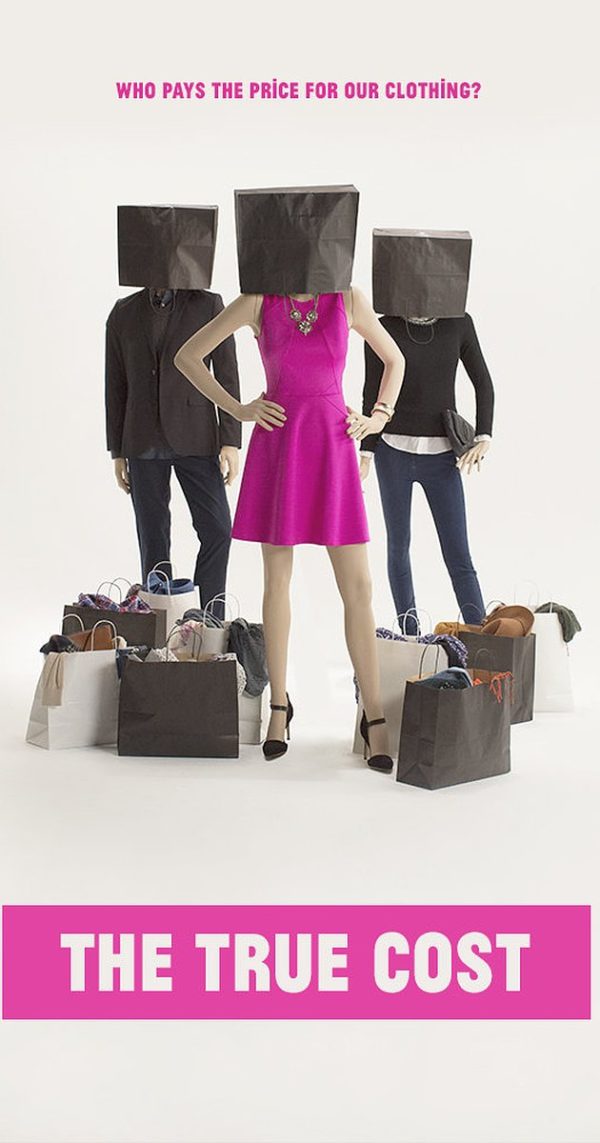
If you’re into fashion.
If you like cute clothes, but don’t want to spend a lot of money.
If you’re a bargain-hunter.
If you have kids who never seem to stop growing.
These are the kinds of circumstances that can tempt even the most conscientious of us into a mass-market, big box, or discount clothing retailer. These are also the circumstances that companies rely on to get us into their stores, and part of why they like to focus on selling us their clothing as cheaply as possible.
Their job is also to make us forget that when we buy those cheap clothes, we’re contributing to and encouraging the suffering of the workers who made them. The job of The True Cost, then, is to show us those workers and let them tell us their stories.
The True Cost focuses on the lives of workers in the fashion supply chain across the world. We visit an organic cotton farm in Texas, run by a woman whose husband used to farm conventional cotton, instead, until he died of brain cancer, and hear about conventional cotton farmers in India, who are driven into such debt by Monsanto’s monopoly there that suicide is rampant. We see workers in Bangladesh, including a woman who must leave her young daughter with family in a distant town to avoid having to take her with her to the garment factory where she labors. When she and her co-workers asked for better conditions in their factory, their managers locked them in and beat them. We watch people pick through mountains of used clothing in Haiti, where so much donated second-hand clothing is dumped by the US that their own native fashion industry has been demolished, and was replaced by more sweatshops that import cheap shirts to the US.
These cheap shirts, and other absurdly inexpensive clothing, are the problem, we see in The True Cost. Cheap fashion is a balm that allows us to forget that the things that we really need to pay for to ensure our quality of life, like our mortgage, or our health insurance, are too expensive, all the while encouraging us to pass the problem of this too-high cost of living further and further down the supply chain, until farmers and sweatshop laborers are dying because of our own dissatisfaction with our lives.
Image credit: The True Cost movie image via The True Cost

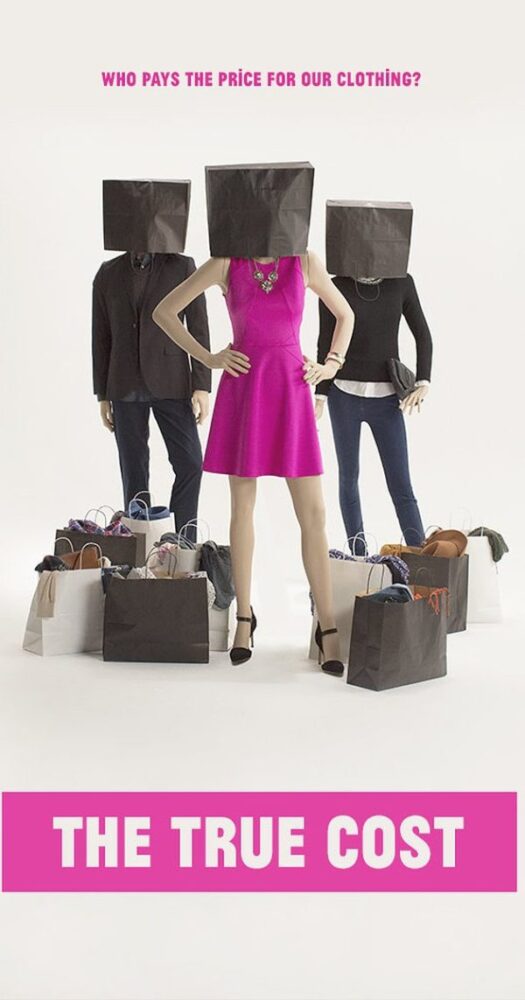
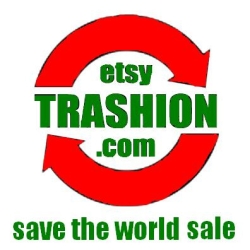
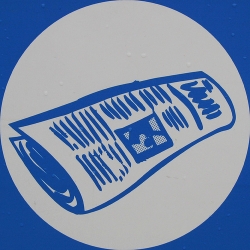
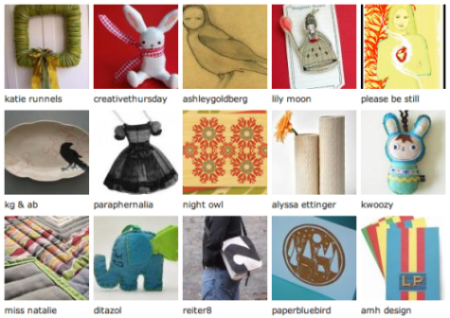


This movie was really good and I highly recommend it. The part where it is comparing the living conditions of the workers and the black Friday shopping made me cry. I once did a figure skating routine to the song that plays in the background portraying this. I began sitting at a table with a sewing machine on it, a scarf over y head, and my head down. I purposely spot bleached a plain long sleeved black figure skating dress too. At the start, I lift my head and wipe my forehead. After that, I started skating. I held a poster for this movie at the end. I’m a thrift store shopper. I particularly love clothing styles from the late 1930s to the early 1960s. I also love, love, love to make my own clothing out of old linens.